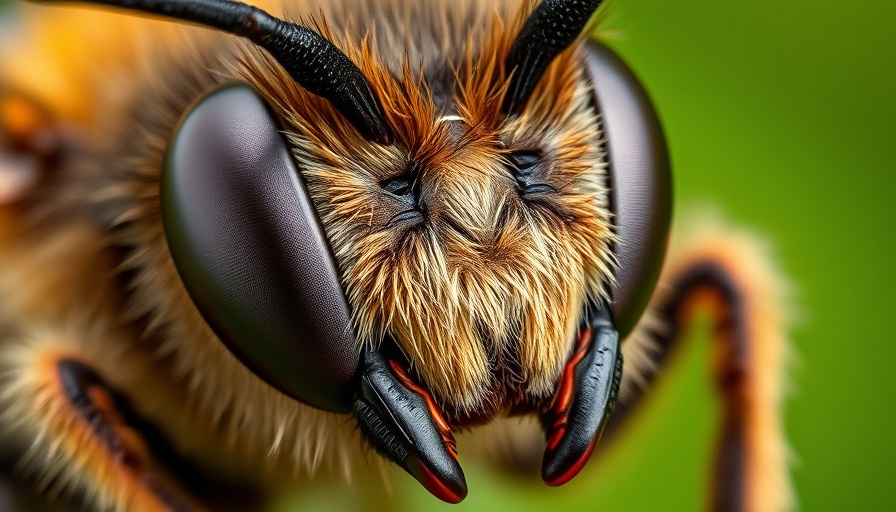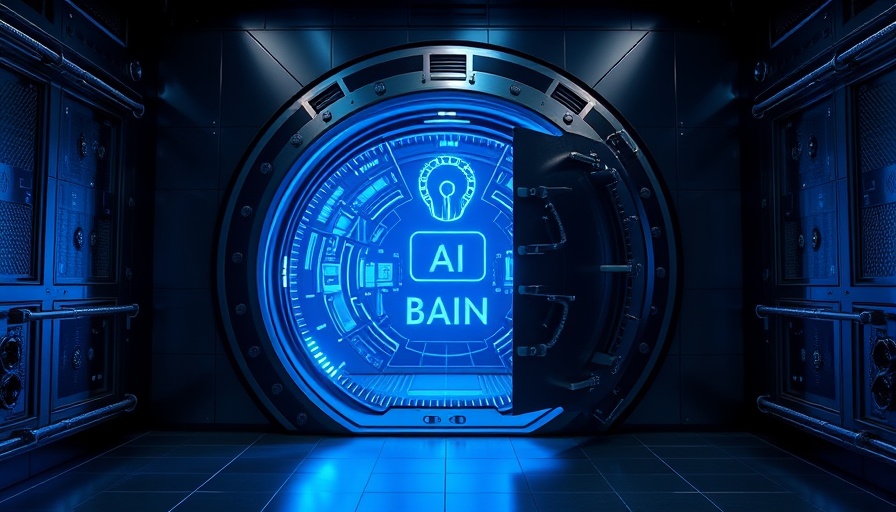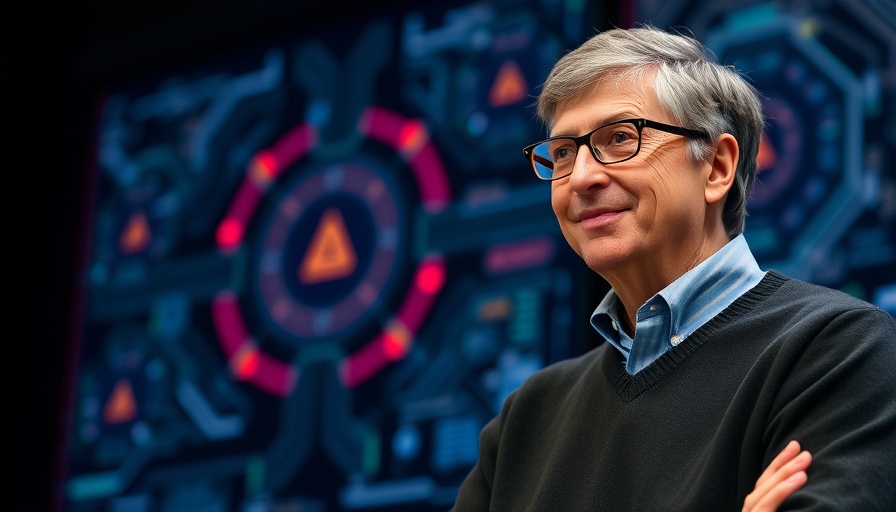
Why Tiny Bees Are Key to Smarter Artificial Intelligence
As we dive deeper into the realms of future technology, a fascinating discovery emerges from the tiny brains of bees, where their unique flight patterns are helping researchers rethink AI development. According to a recent study from the University of Sheffield, it appears that bees use their movements during flight to not only navigate their world but also to enhance their cognitive abilities.
Understanding Bees’ Cognitive Mechanics
The study reveals that bees rely on their flight dynamics to optimize the brain signals necessary for recognizing complex visual patterns, such as flowers. This innovative approach highlights the efficiency with which small, biologically evolved brains can function—offering valuable insights for next-gen technology. By integrating movement into their perception processes, bees efficiently identify and react to their environment without the need for heavy computational resources.
Revolutionizing AI with Nature’s Designs
Professor James Marshall, who leads the research at Sheffield, suggests that harnessing nature's methodologies could lead to astonishing advancements in AI, robotic systems, and even self-driving vehicles. This cutting-edge technology perspective emphasizes that intelligence manifests not only in the size of a brain but in its synergy with physical action. By leveraging such insights, developers can create smarter robots that learn from movement, thereby redefining the importance of efficiency over sheer processing power.
Bees as a Model for Future Robotics
Imagine integrating such a model into upcoming tech innovations. This bee-inspired AI could lead to robots performing complex tasks using minimal resources, mimicking the way these small insects navigate through their intricate, yet chaotic environments. By adopting these organic principles, the future of robotics seems poised for a shift, transforming AI technology trends significantly.
Impact on Technology Ecosystem and Innovations
As AI evolves, it’s essential to consider how these findings apply to our daily technology experiences. From smart home devices that adapt better to human behavior to autonomous vehicles that recognize road patterns more effectively, the implications are vast and promising. Integrating movement-based learning could spark a wave of disruptive innovations catering to not just industries but also enhancing everyday life.
In a world that increasingly leans on high computational capabilities, the simple elegance of bee intelligence reminds us that actionable insights stem from nature's efficient designs. Embracing these strategies can accelerate advancements in advanced technologies, shaping a sustainable future driven by smarter AI.
 Add Row
Add Row  Add
Add 




Write A Comment